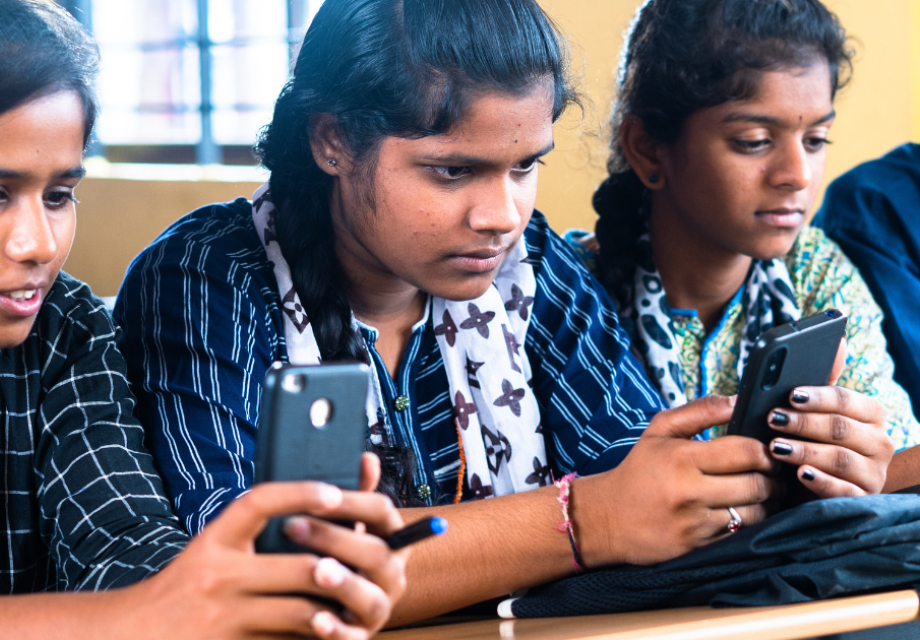Social media use linked to better sexual and reproductive health knowledge
Hester Phillips
08 September 2022
Adolescent girls in India who use social media have better sexual and reproductive health knowledge, survey suggests
A survey of adolescent girls in India has found a link between social media and sexual and reproductive health knowledge. But education, wealth and location remain the biggest influencers.
What is the research about?
The link between social media and sexual and reproductive health (SRH) knowledge. Researchers surveyed 10,425 adolescent girls (median age 17) from Bihar and Uttar Pradesh.
Why is this research important?
Adolescent girls can struggle to get SRH information from parents, family members, teachers and healthcare providers. This increases their risk of early and unwanted pregnancies, sexually transmitted infections (STIs) and HIV. Social media has the potential to provide SRH information directly and confidentially.
What did they find out?
Around one third of adolescent girls surveyed (28%) used social media. WhatsApp was the most used, followed by Facebook and Instagram.
Adolescent girls who used social media were more likely to have accurate SRH knowledge. This was true even when taking other factors into account.
Among adolescent girls who used social media, around 16% knew about contraception, 12% knew about sex and pregnancy, and 14% knew about HIV. Among girls who did not use social media, around 10% knew about contraception, 7% knew about sex and pregnancy, and 4% knew about HIV.
Adolescent girls living in urban areas were twice as likely to use social media as those in rural areas. Adolescent girls with a higher level of education were 12 times more likely to use social media than adolescent girls who were illiterate. Social media users were more likely to come from a wealthy household.
Having a higher level of education and wealth and living in an urban area had more of an influence over SRH knowledge than social media use.
What does this mean for HIV services?
This study suggests that social media can increase adolescents’ SRH knowledge. But it also shows how unequal social media access is.
In India, adolescent girls who are richer, more educated and live in urban areas are more likely to use social media. Yet these adolescent girls are already likely to have better SRH knowledge due to their socio-economic advantages.
Adolescent girls who are marginalised by their location, education and income status should be supported to access and use digital technologies. This means making devices, data and recharging affordable. Beyond this, it is essential to provide education and economic opportunities for the adolescent girls who need them, not only to improve their SRH knowledge but also their lives.
It is important to work with adolescent girls to design, deliver and evaluate digital interventions that will fit with their needs. Involving community members who influence and have power over adolescent girls’ views and behaviours is also key.
Get our news and blogs by email
Keep up-to-date with all our latest news stories and blogs by signing up to the Be in the KNOW news digest.
